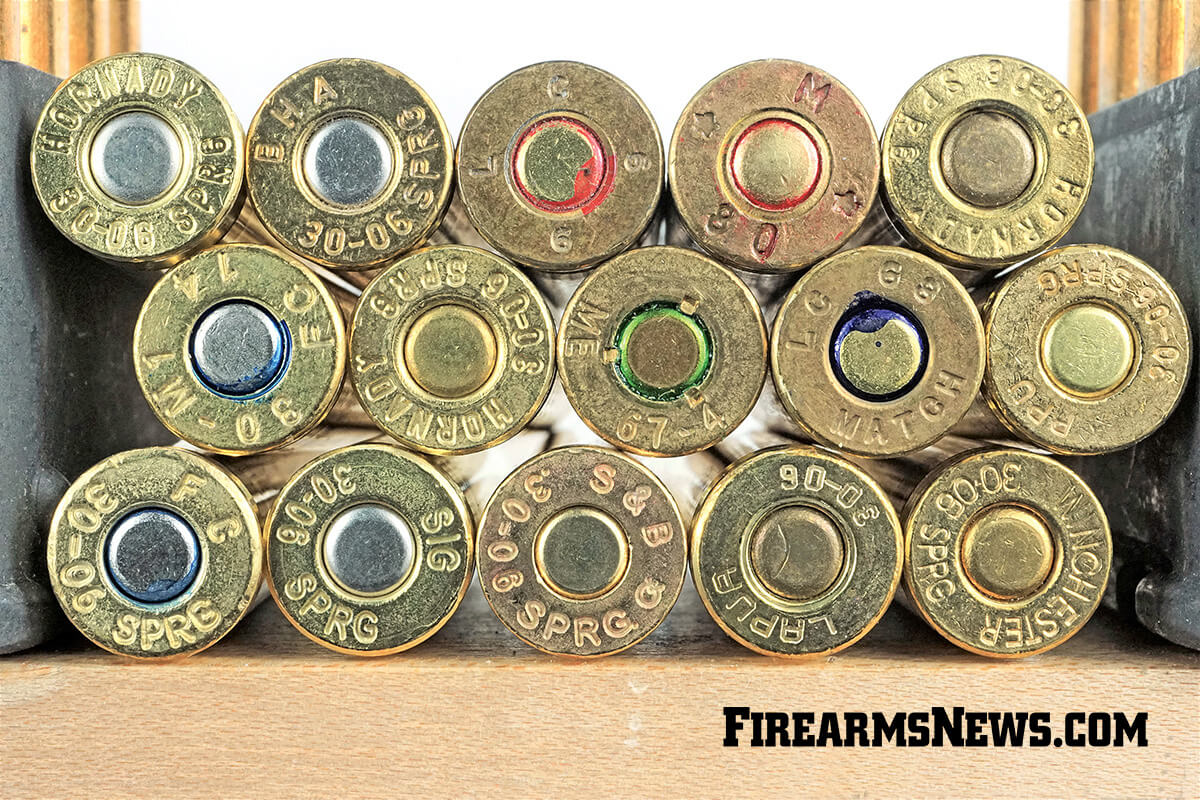
.30-06 Test Ammo Headstamps
[PLEASE NOTE: This article originally appeared in the Jan. 2021 print issue of Firearms News. The ammunition prices mentioned herein are not current.]
I have been a Garandaholic since I was a teenager in the ‘70s. My interest in this great battle rifle was spurred by my father’s memories of his World War 2 service. Like many vets of World War 2 and Korea he spoke of the M1 with reverence. The only source for G.I. surplus M1s in my youth was the Director of Civilian Marksmanship (DCM), the forerunner of the current Civilian Marksmanship Program (CMP). I recall the DCM selling them for $99 each. The catch was that the buyer had to be an NRA High Power Rifle competitor and I didn’t start shooting in rifle competitions until over a decade later.

On December 11, 1975 I walked into a local gun shop and found a Garand for sale. It was built on a rewelded receiver and the barrel had been fabricated from a 1903A3 barrel, although I wasn’t aware of those things at the time. My fate was sealed. From that point on I would always have M1s. That first M1 remained in a closet during my tour with Jimmy Carter’s Army and I never really started shooting it until I became interested in High Power Rifle competition toward the end of the ‘80s. I re-barreled it to .308 for logistical reasons. The Maine Army National Guard marksmanship team issued me 7.62 NATO for practice and that beats buying ammo.
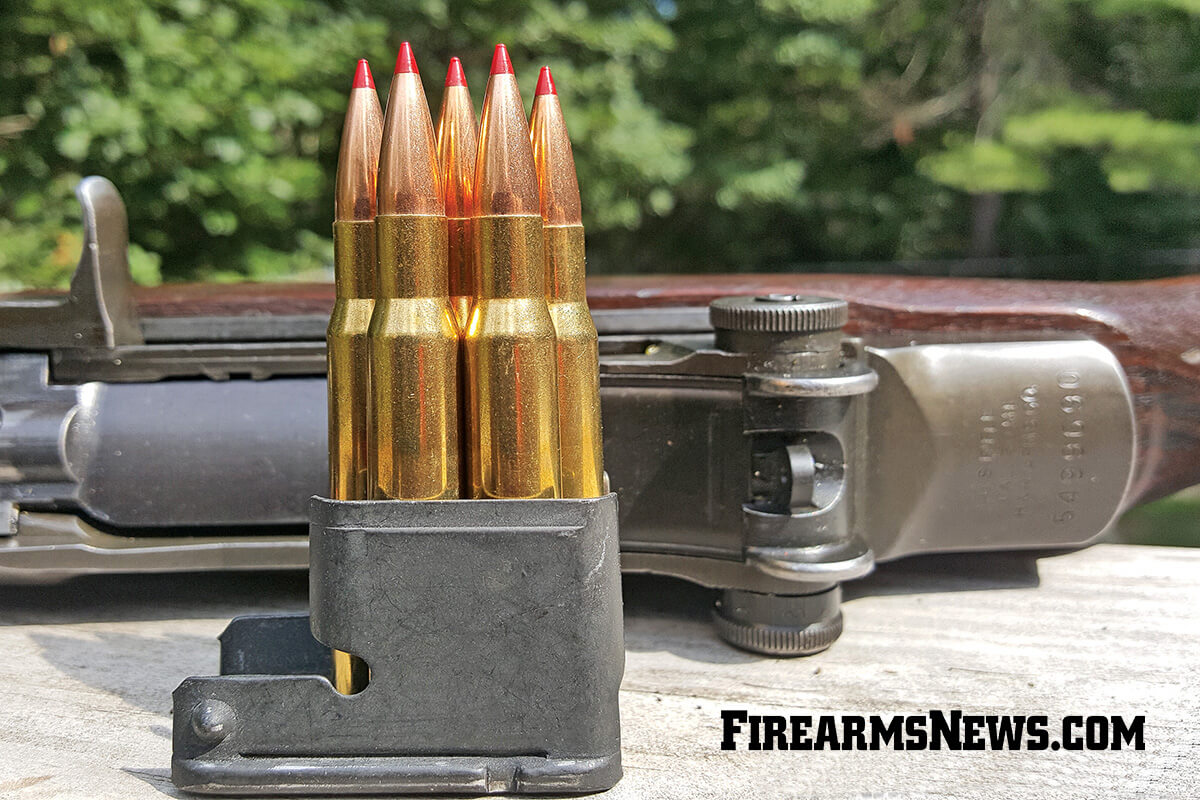
.308 Garands shoot quite well, but most of the rifles out there will still be found in .30-06. This old cartridge has been around for over a hundred years and it is still popular with hunters and military rifle shooters. The Garand, due to its gas-operated action, is easy on the shoulder compared to a bolt-action rifle firing the same round and it comes equipped with the best sights ever issued on a battle rifle. An old-school rifleman who appreciates wood and steel blasters will find the M1 a pleasure to shoot.
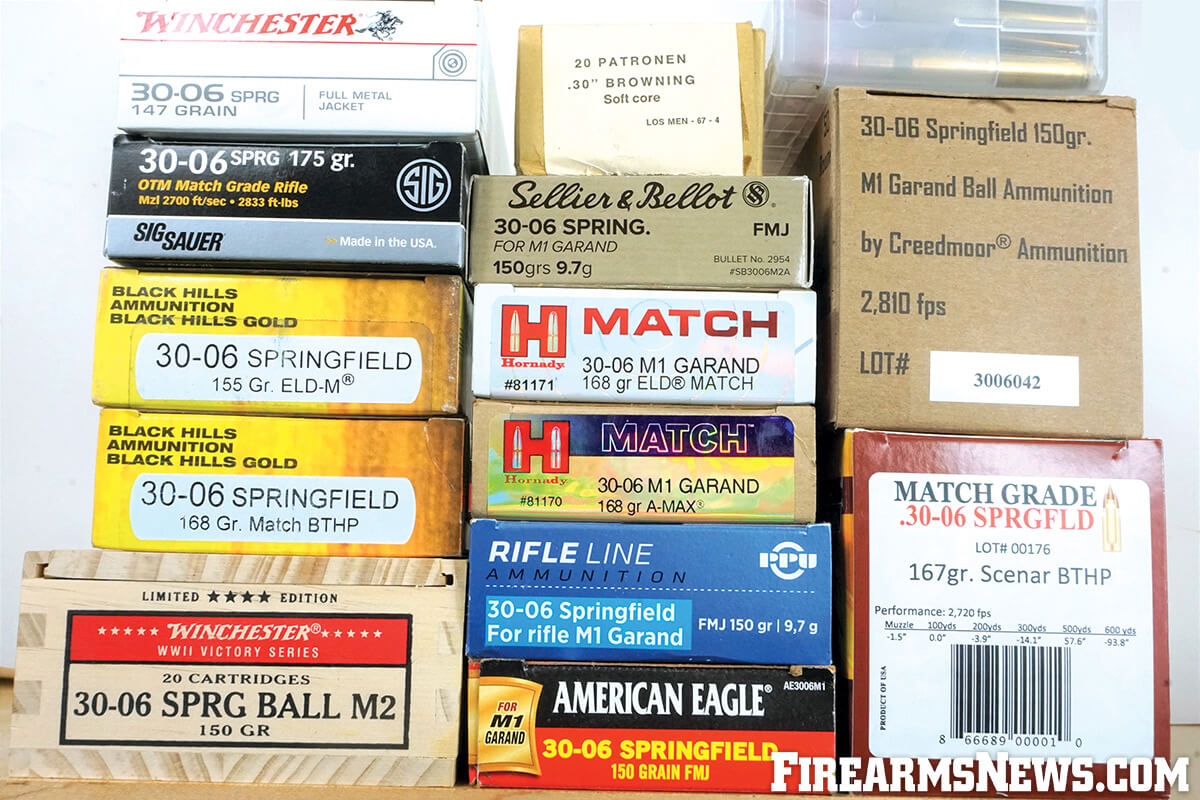
A concern of M1 shooters is finding the correct ammunition. But, you say, .30-06 ammo is everywhere. True, but a lot of the ammo commercially available today is not loaded to the original pre-World War 2 military spec for which the Garand was designed. The gas system was configured to operate efficiently and reliably with the military issue Caliber .30 Ball Cartridge M1 (and later M2). The gas port size and internal dimensions of the gas cylinder were optimized for the military powders of that era resulting in the correct bolt velocity as it travels rearward after unlocking. Excessive bolt speed can damage the weapon and in extreme cases the rear of the receiver may fail. One can only imagine the discomfort experienced by the shooter who is whacked in the face by a high-velocity receiver heel! For decades M1 shooters fired military surplus ammo with no worries but that supply is gone now. Luckily for Garandaholics, several commercial manufacturers have stepped up to the plate and offer specific loads tailored for the Garand gas system. The purpose of this article is to sort through current offerings testing them for accuracy, velocity and function so you can determine what product best fits your needs and budget. If Consumer Reports did ammo tests they would read something like this.
Test standards: All loads were fired for accuracy at 100 yards. Obviously, the heavy bullet loads would shine at longer distances, but my home range is 100 yards and considering the many man-hours spent testing a couple thousand rounds traveling to another range simply wasn’t feasible. Rifles were fired from a bench rest. I used a CTK Ultimate Shooting Rest for the M1s. The Savage bolt gun was fired from a bipod. As much as I would like to think of myself as a human machine rest I am just an old man who likes M1s but this was a pretty solid setup.
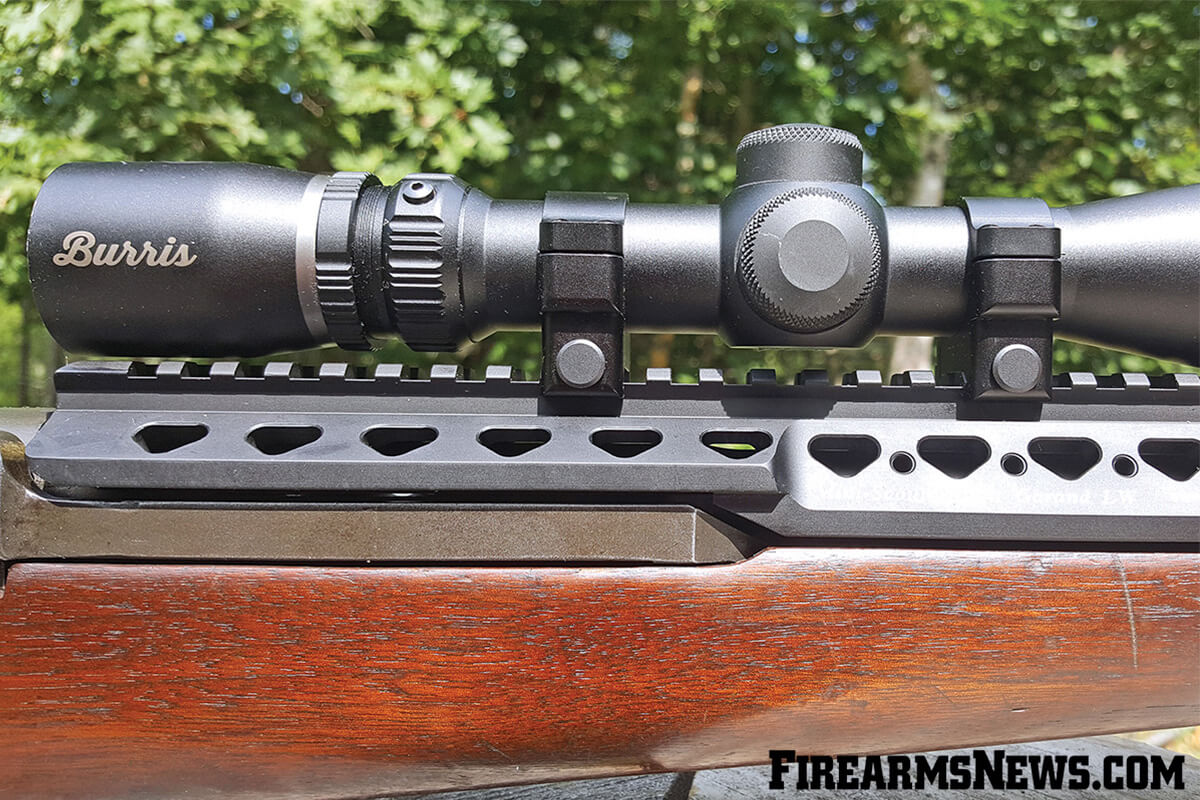
Targets were the IBS Hunter Rifle target with six bullseyes. I fired six five-shot groups with each type of ammo from each rifle and averaged the four best. Why five-shot clips? Because Firearms News test standards for rifles are based on five-shot groups so if you are comparing Garand accuracy to some other rifle we keep test standards uniform across the board. Five-shot clips are available for Garands (Brownell’s 901-000-004). I feel that averaging the groups of many targets results in a trend that reveals the most accurate loads. Shot groups were measured center to center with a caliper as accurately as possible.
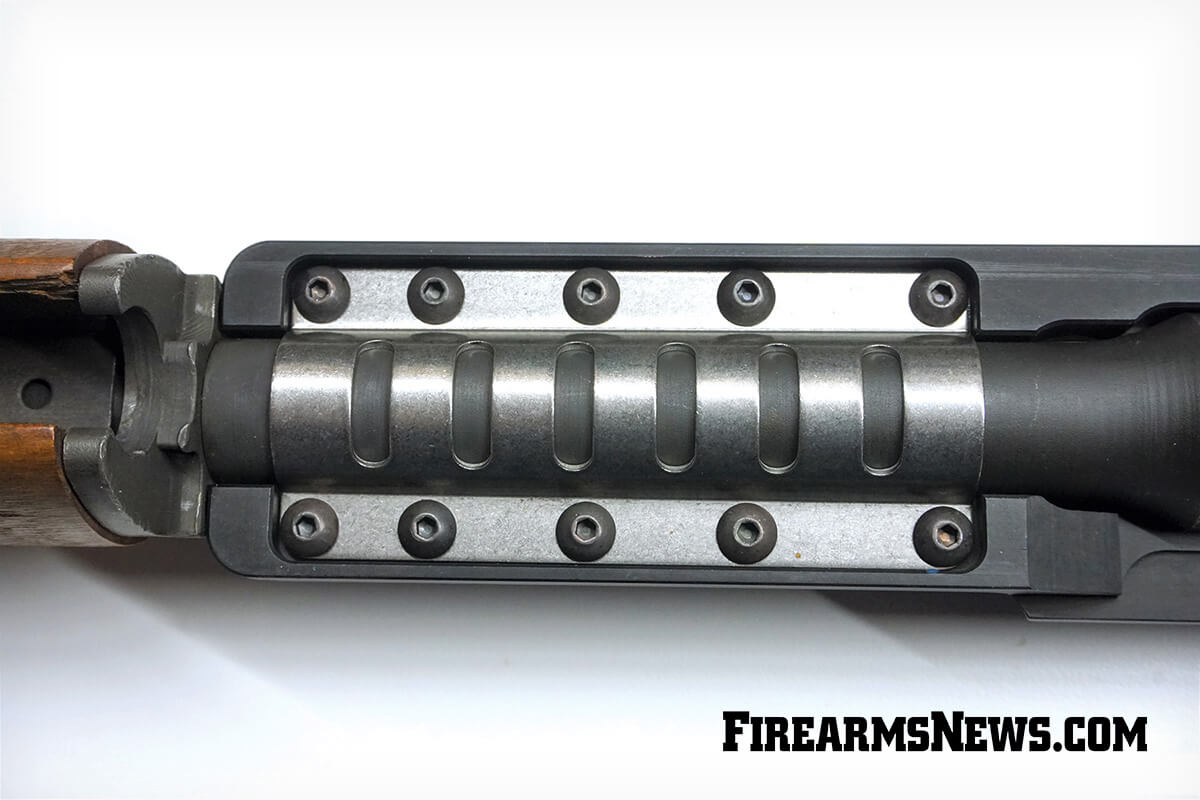
To reduce human error, I fitted the M1 rifles with scopes. Heresy, you say. I agree, but the point of this test is to rate the accuracy of available ammo, not my marksmanship. Scopes reduce human error. Due to the top-loading design of the rifle, a scope cannot be positioned directly over the receiver. However, a “scout” scope with eye relief of approximately 9-1/2 to 10 inches mounted just forward of the receiver works fine. I used the Mini Scout Mount from Amega Mounts (AmegaMounts.com) which clamps to a standard profile M1 barrel replacing the rear handguard. The mount never loosened during testing.
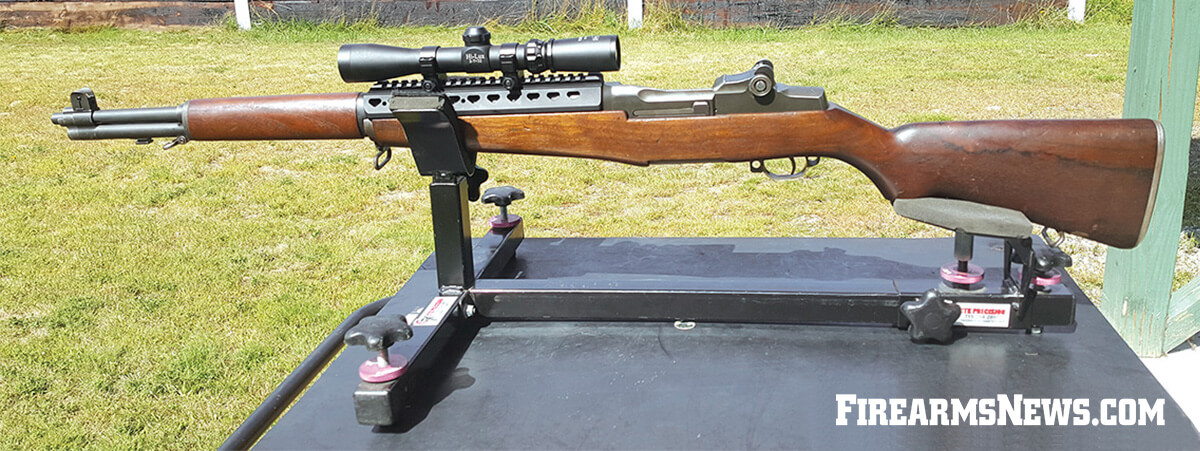
I employed two different scopes: a Hi-Lux 2-7x BDC and a Burris 2-7x 32 Scout. All testing was done at 6x. The Burris was a bit brighter with a finer reticle but also cost over twice as much as the Hi-Lux. The first Hi-Lux I mounted failed after several hundred rounds. The manufacturer replaced it. If you shoot a lot, you know scopes will fail occasionally. If the manufacturer stands behind their product its nothing to worry about.
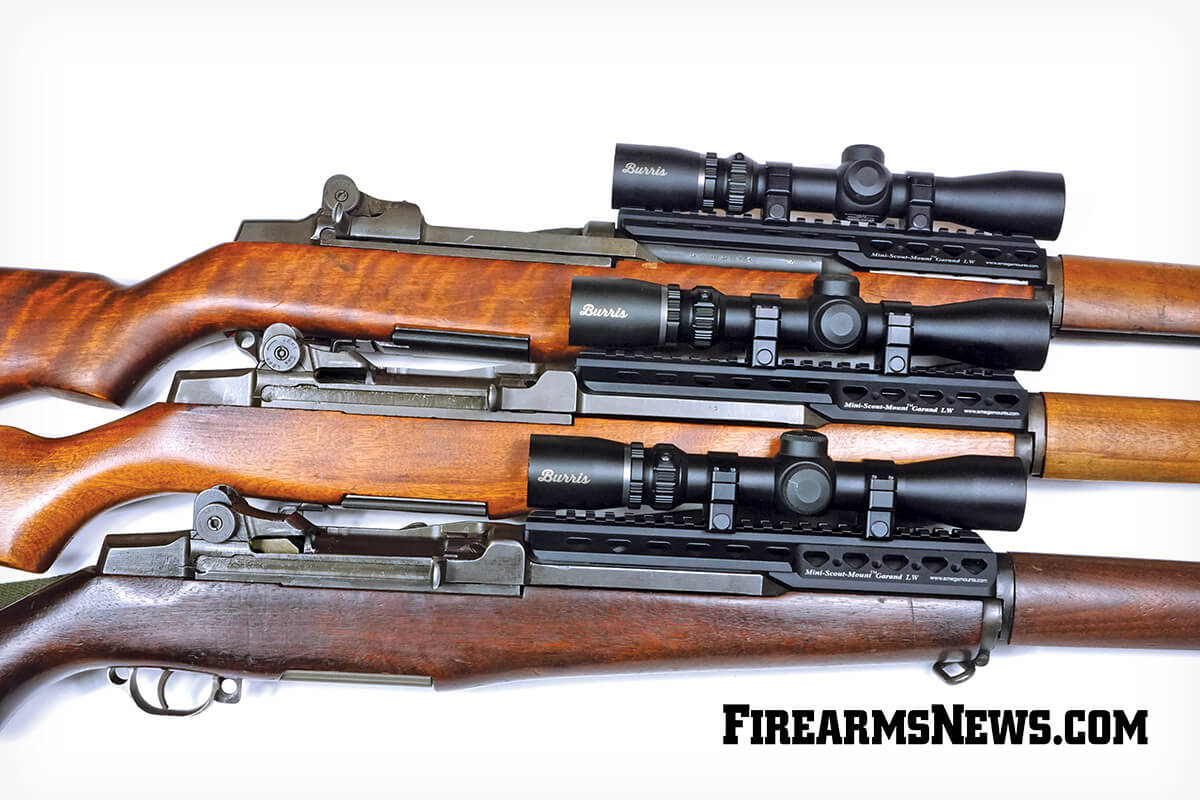
The rifles: All test rifles were from my personal collection. These are not match-conditioned rifles, but they were inspected for mechanical issues that may cause inaccuracy such as loose gas cylinders, poor op rod fit, little to no stock compression, etc. and corrected as needed. I guess you could say they were “blueprinted.” About halfway through the test, guns #2 and #3 stopped grouping. The actions were loosening in the stocks. To tighten them I inserted a short piece of 1/16″ walnut veneer under the forward end of the receiver rails. These pieces of wood served to lever the barrel upward slightly increasing pressure between the stock ferrule and lower band. Tensioning the barrel through shimming or bedding results in increased accuracy from M1s and M1As. After this simple modification, our test guns started shooting again.
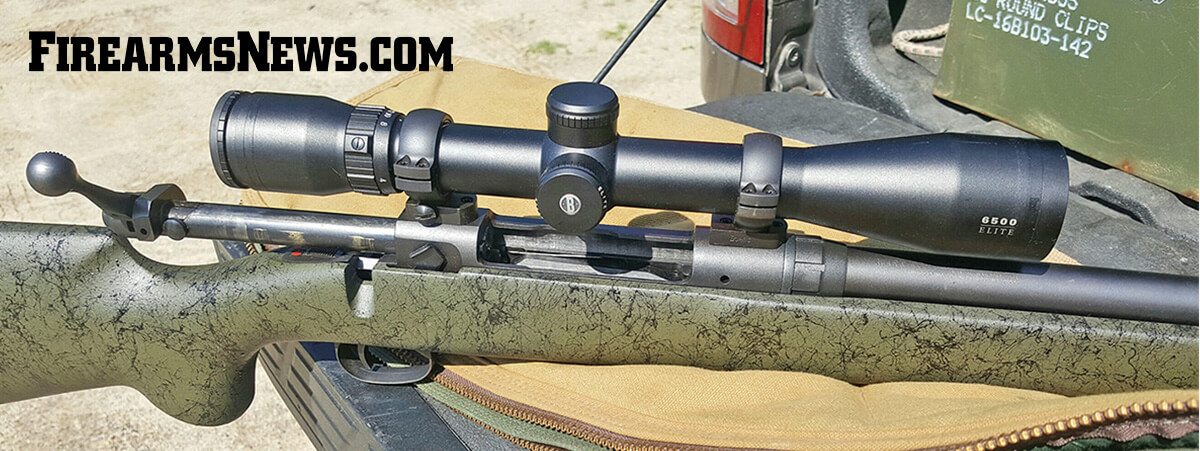
Rifle #1 is a Korean War era M1 produced by H&R. I re-barreled it with a Fulton Armory standard weight barrel a dozen years ago. Aside from the commercial barrel it is a standard issue infantry rifle. When fed ammo of the correct spec it will function reliably and shoot accurately all day. The barrel probably had less than 200 rounds through it at the beginning of testing. This is one of my best shooting rifles.
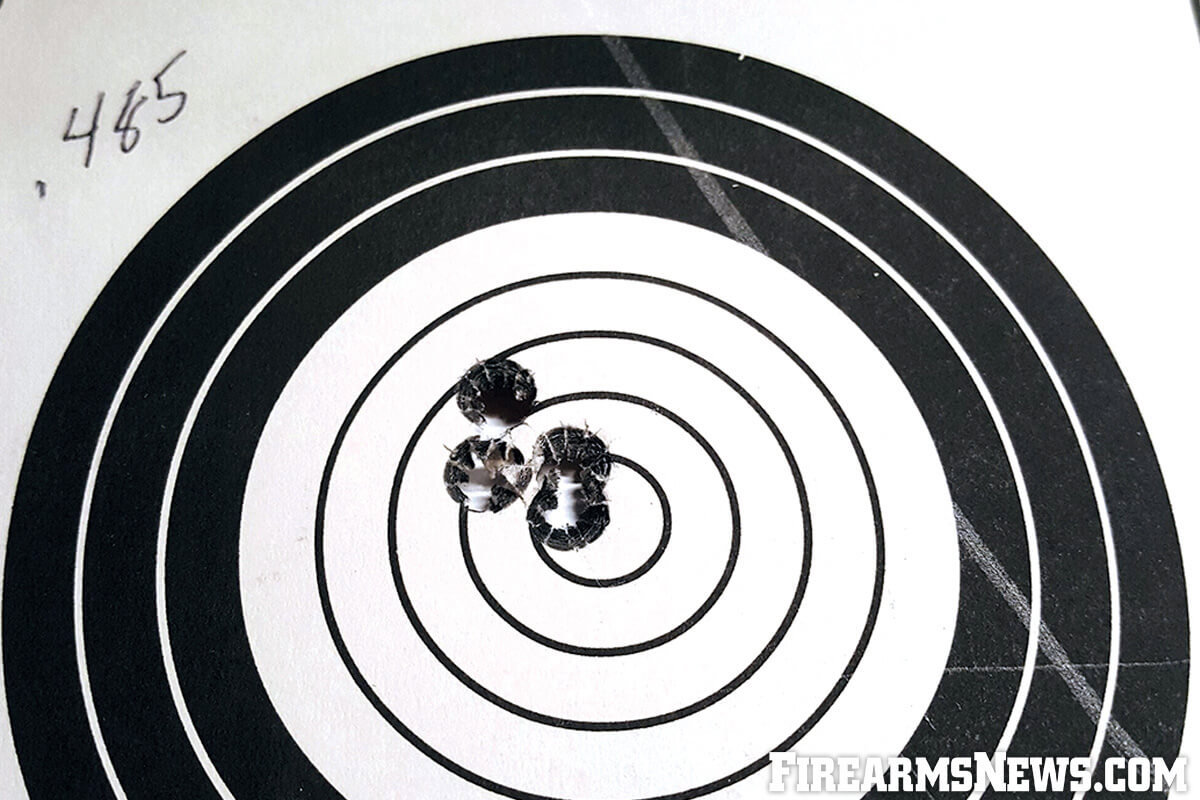
Rifle #2 is from Springfield Armory and was produced in 1944. I purchased it from DCM in 1991 for $165 and it was shipped to me registered mail from Anniston Army Depot. It came equipped with a G.I. Springfield Armory barrel dated 10-63 and at the time this test commenced had approximately 2,000 rounds down the tube. It is 100% G.I. in issue condition. This rifle does not shoot as well as rifle #1 but with good ammo it will shoot almost as well. This is a beautiful weapon and I will probably never modify it.
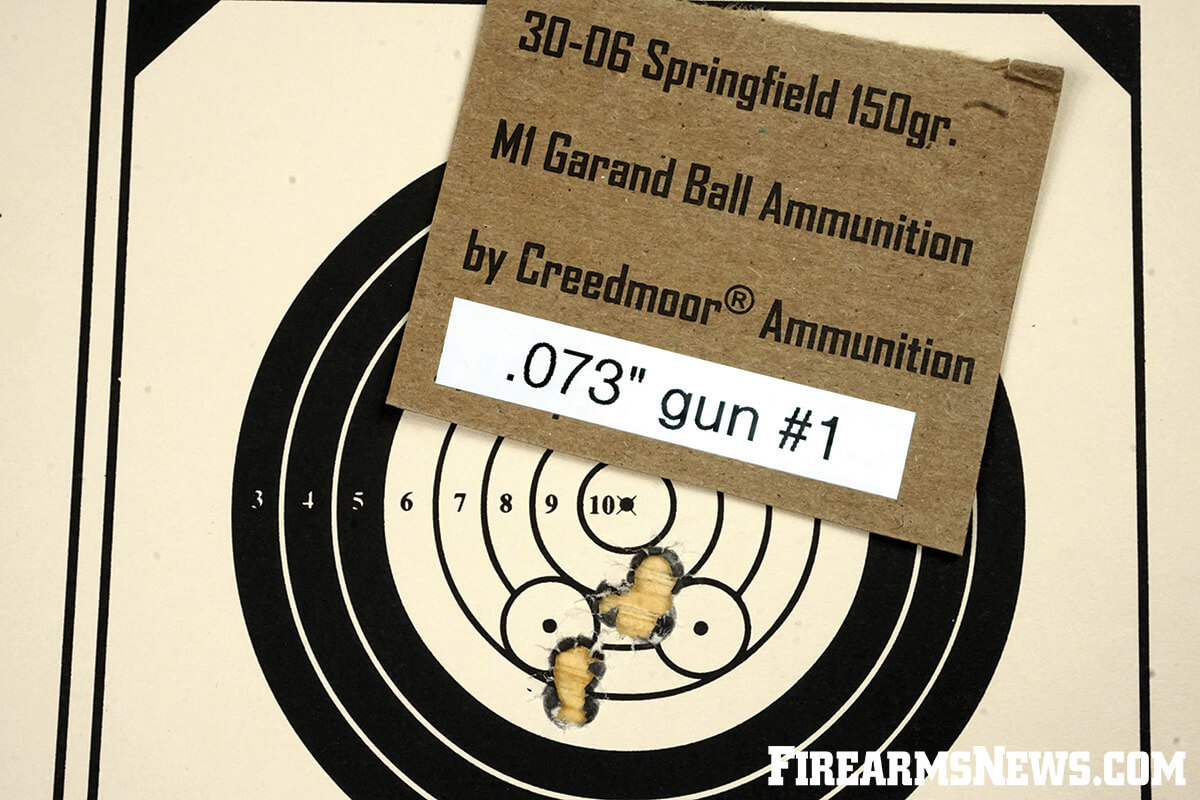
Rifle #3 is another beautiful Garand purchased from CMP in 1999 for $400. This one sports a G.I. Springfield Armory barrel dated 12-65 with about the same wear on it as Rifle #2 as indicated by a G.I. throat erosion gage. The rifle went through a rebuild in 1966 at Red River Army Depot and probably didn’t see much use after that. Like the previous two rifles it is unmodified G.I. issue in excellent condition. This rifle was also used to chronograph all loads.
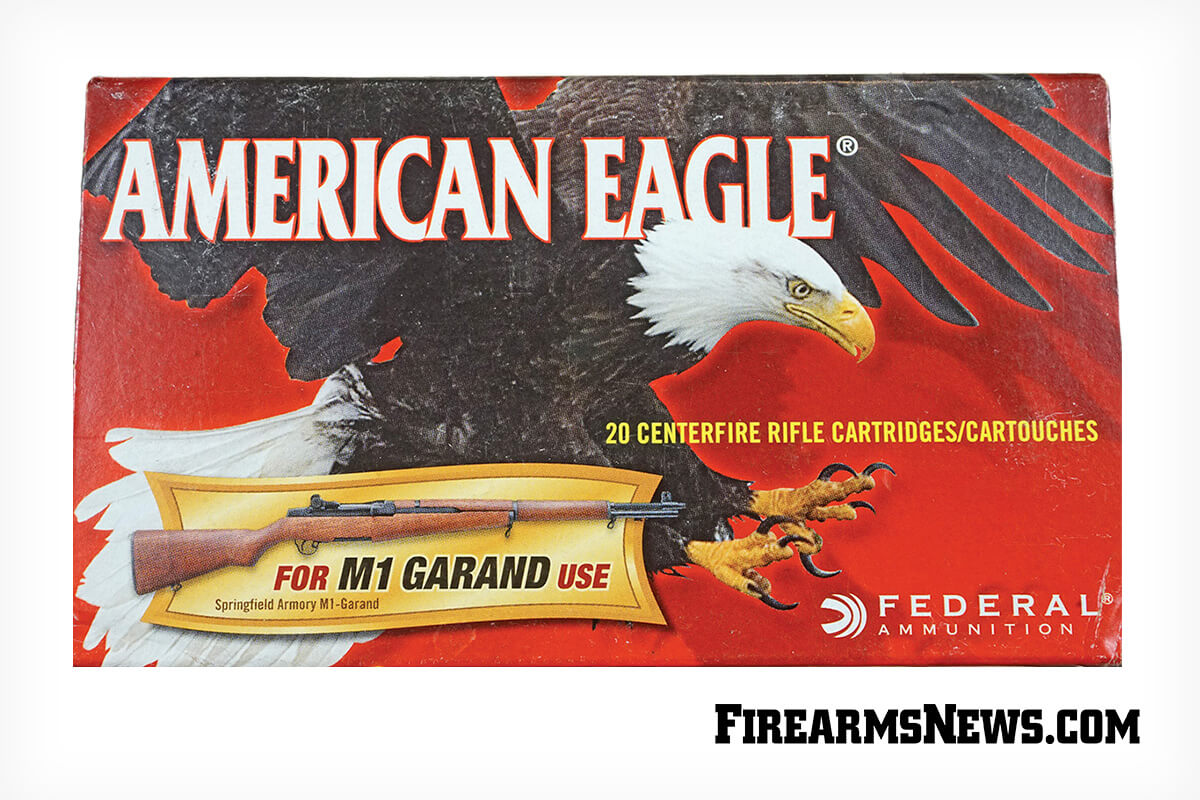
Rifle #4 is a Savage 110 Police Tactical rifle produced in the late ‘90s. I bought it used and I have no idea how many rounds it has digested but it is a reliable shooter producing slightly under 3/4 MOA groups with good ammo and I thought it would be interesting to throw a bolt gun into the mix to judge the accuracy of the loads if, for instance, you will be shooting a vintage sniper match with the same ammo. I did not have a 1903A4 available for testing. The Savage was bolted into a Bell & Carlson M40 style stock and equipped with a very nice 2.5-16×42 Bushnell Elite 6500 scope. One thing I noted about the Savage was from the first cold bore shot to the last shot from a smoking hot barrel the point of impact didn’t wander. The action has been blueprinted by Larry Racine, one of the great bolt rifle mechanics of our time.
Over 2,400 rounds were fired during this test. It took months to complete. 60 to 90 rounds were fired during each visit to the range and the rifle bores were patched out in between trips. Obviously, weather conditions varied.
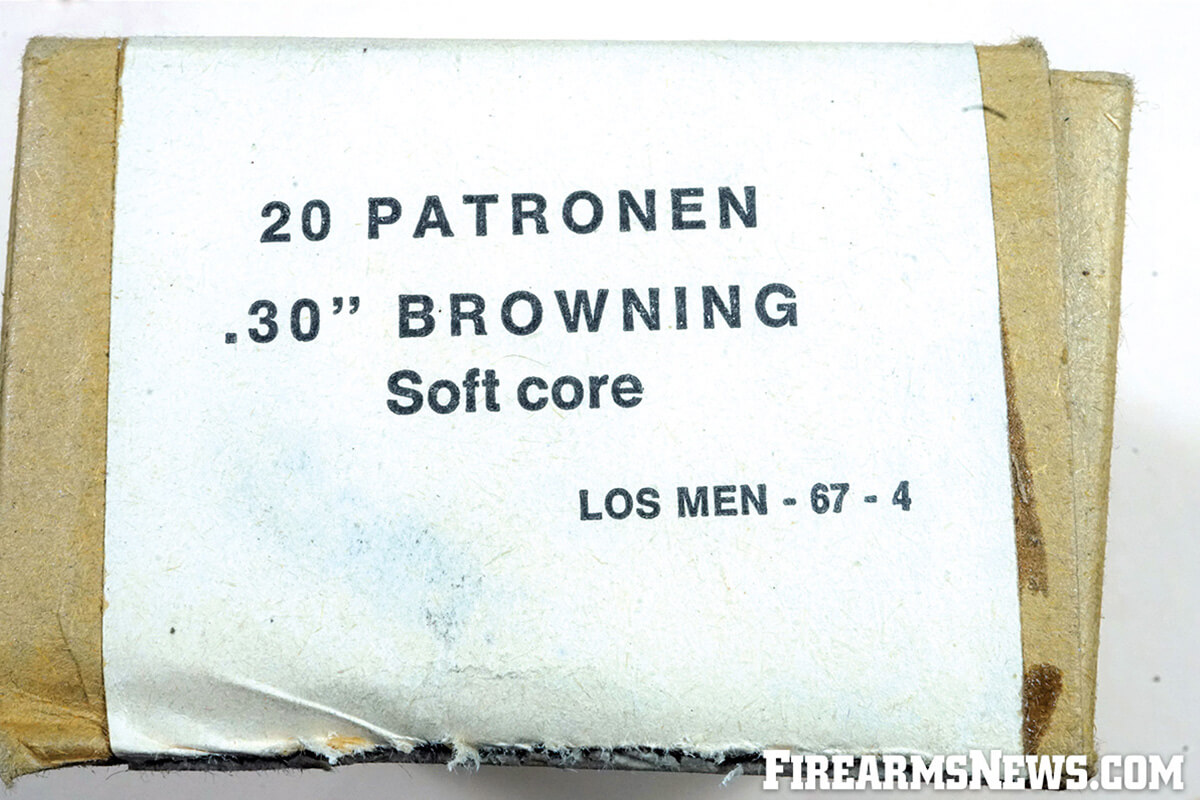
Table of Contents
The Ammo
A few comments are in order about the ammo I tested. Please note that any ammo purchased was pre-Wuhan Virus so ammo prices have increased compared to those I list in the ammo cost chart.
Black Hills
Black Hills has been a manufacturer of premium quality ammunition for many years. I have evaluated some of their offerings in 5.56mm, .308 Winchester and .45ACP but I was unfamiliar with their .30-06 ammo. I didn’t even know if it was compatible with the Garand gas system. I contacted them, and they assured me it was and sent test samples loaded with both 155 and 168-grain Hornady ELD-M projectiles. The accuracy of the Black Hills rounds was stunning. While testing the 155s I shot one five-round group that measured 1/2″ center to center. Amazing. And remember, I’m shooting G.I. issue grade rifles, not match rifles. The only downside to factory ammo this good is cost. At $2/round it simply isn’t practical for most of us to shoot it a lot. That being said, I will keep some Black Hills .30-06 ammo on hand for occasional use to impress my friends who think M1 Garands don’t shoot well. I love to prove them wrong…
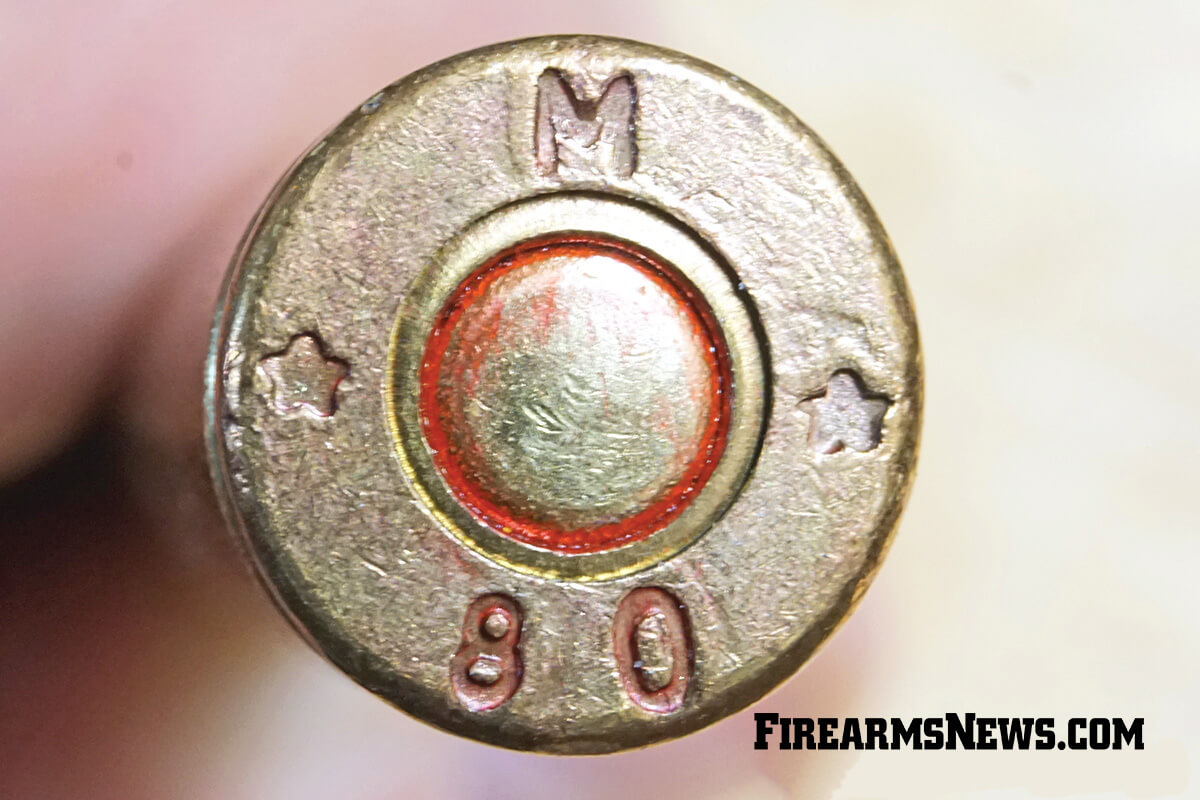
Creedmoor
Creedmoor is the house brand ammo for the Civilian Marksmanship Program and is specifically loaded for Garands and vintage sniper rifles. I obtained it directly from CMP. The 150-grain FMJ-BT load consists of Hornady brass and bullets. Averaging less than 2 MOA in all three Garand test rifles and costing less than a buck a round this load would be a good choice for a rifleman who wants decent accuracy without taking out a second mortgage to pay for ammo. The second Creedmoor load I tested was loaded in Lapua brass (!) with Lapua 167-grain Scenar bullets and was a bit more expensive. I had high hopes for this load but at 100 yards it didn’t shoot better on average than the 150-grain load although the bolt gun liked it. The higher ballistic coefficient of the 167-grain bullet would be an advantage at longer ranges. At 100 yards I would stick with the 150 FMJ load for less money.
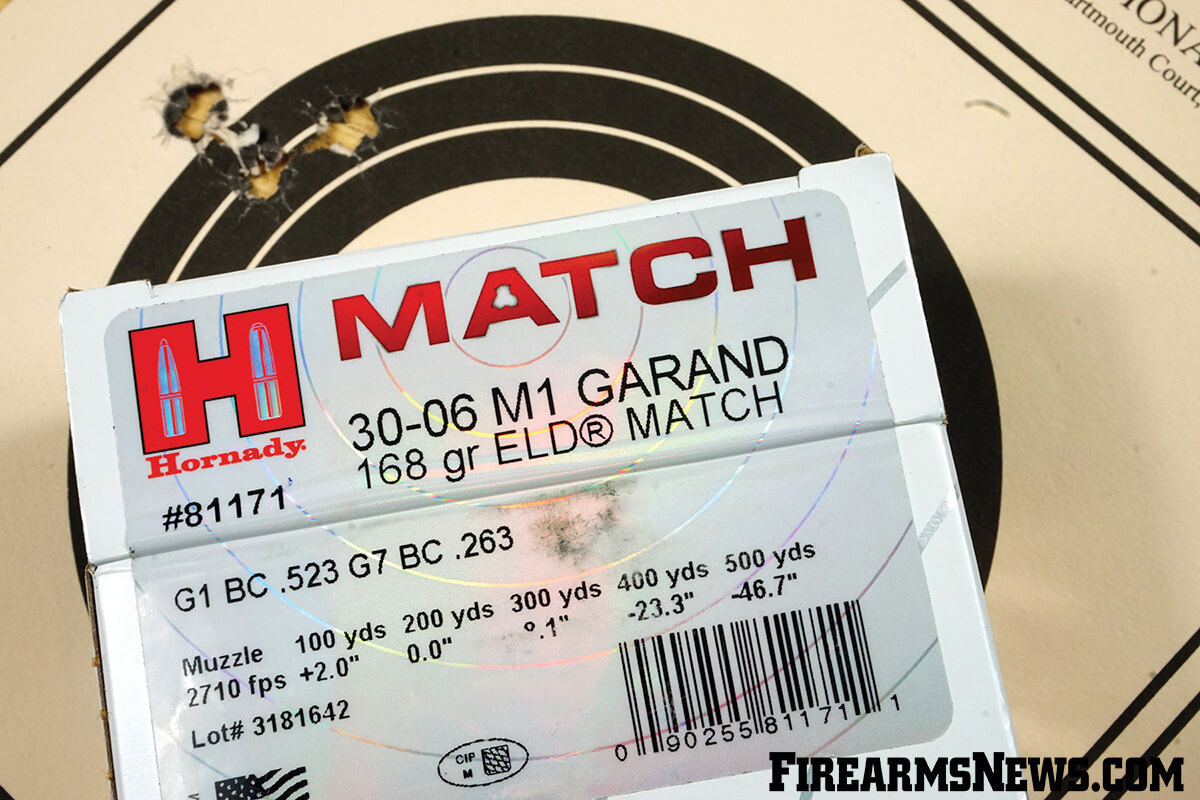
Ethiopian Surplus
I saw this Ethiopian ball for sale at SG Ammo. It was loaded in eight-round clips and packed in bandoliers, obviously loaded for Garands. I was not aware that Ethiopia manufactured their own ammo but the experts of the International Ammunition Association assured me they did in fact produce this stuff. The manufacturer’s code on the clips appeared to be French. The cartridge cases are Berdan primed and the primers are crimped. I experienced a few malfunctions in the Garands with this load and the Savage bolt action rifle would not chamber it. Closer inspection revealed the size of the cases (base to shoulder) was larger than what SAAMI would consider normal. Accuracy was not exceptional. Based on my experience with this load I cannot recommend it.
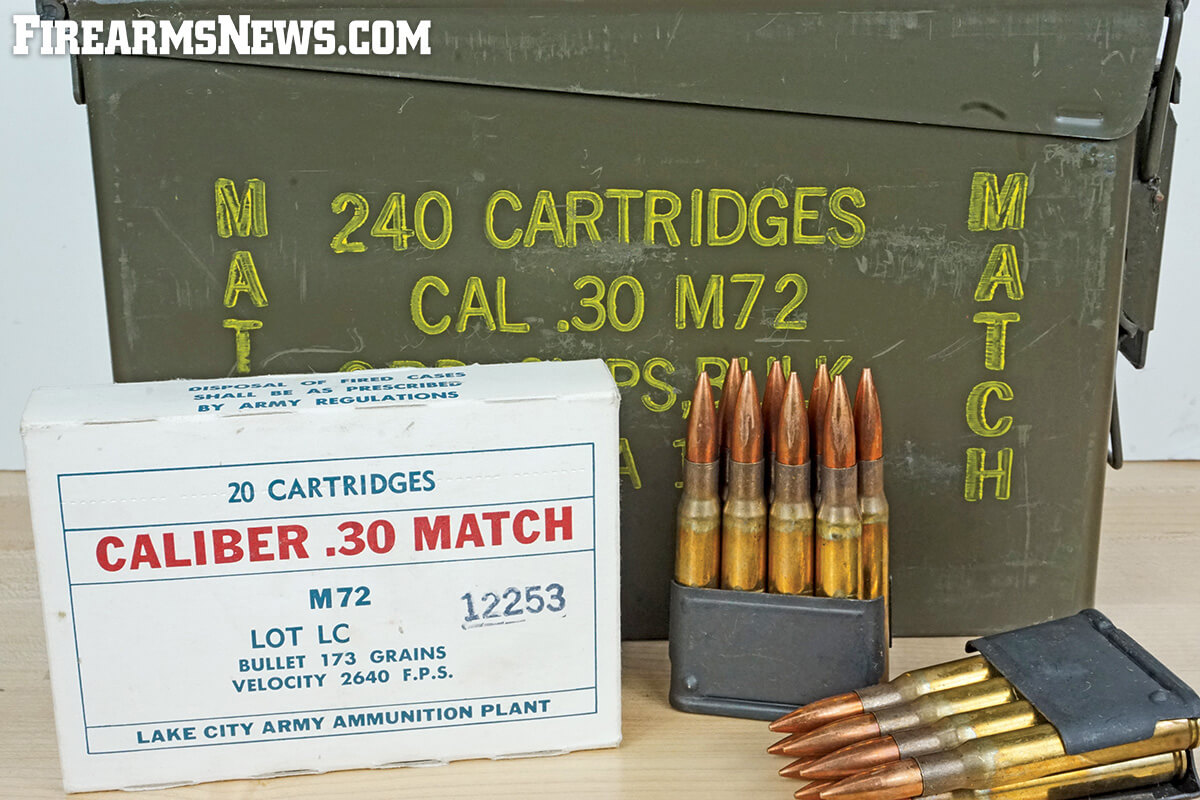
Federal American Eagle
I have shot a ton of Federal American Eagle AE3006M1 ammo in rifles I rebarreled for customers. It shoots quite well in new barrels with short throats but not so well in a G.I. barrel with a couple thousand rounds down the pipe. I believe this situation is caused by the short overall length of the round. For instance, the traditional OAL of the .30-06 cartridge in reloading manuals is 3.34 inches. A sample G.I. (LC72) M2 ball round I pulled out of my pile measured 3.33 inches. The Federal cartridge is 3.1 inches. The base to bullet ogive length was .128 of an inch shorter than the G.I. ammo from Lake City. This means the Federal bullet has to jump 1/8 of an inch farther before it engages the rifling. Looking at the accuracy chart, the Federal load shot great in Garand #1 with a fairly new barrel but really choked in the G.I. guns with throats that were farther forward. I like this round. It functions great in any Garand and the cost isn’t stupid. I just wish the bullet wasn’t stuffed so far down in the case.
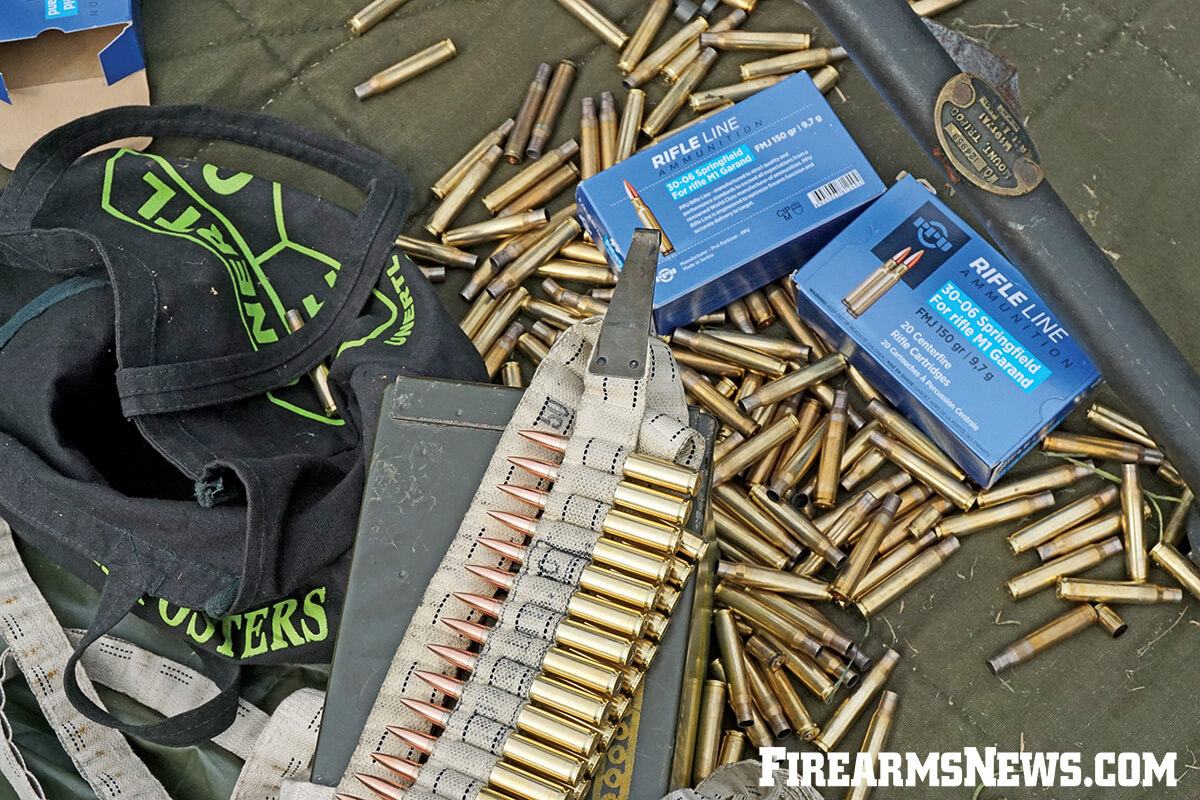
German Surplus by MEN
I picked this stuff up on a whim. It was packed in 20-round cardboard boxes marked “.30 Browning.” I have no way of knowing if it is loaded to the correct pressure curve for M1s but if the label refers to the .30 Browning machinegun it should be ok. MEN is Metallwerk Elisenhutte GMBH, Nassau, Lahn, Germany. The number 67 probably refers to the year it was loaded. West Germany did employ M1 Garands after World War 2 to some extent. The brass is Berdan primed and the ammo functioned ok in the M1s. Accuracy was average. The bolt gun did not particularly like it. Cost was equal to the Privi Partizan and Sellier & Bellot offerings, but the brass is not reloadable, so I probably wouldn’t purchase this ammo again. Velocity was the highest of any ammo tested prompting me to worry about excessive bolt velocity in the Garands.
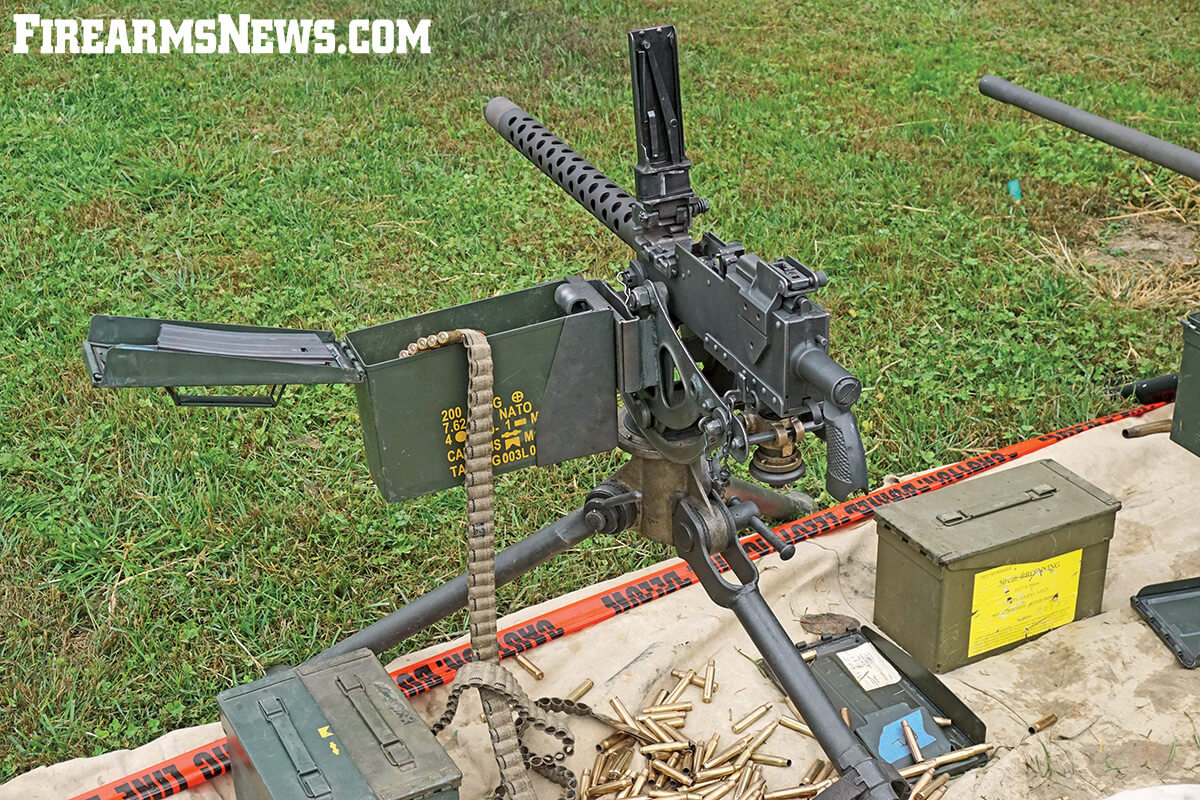
Greek Surplus Ball
The CMP sold this stuff for years with various headstamp dates packed loosely, on clips or in sealed metal tins. They have since run out of it and there is no source for it in quantity as far as I know. Some lots were better than others. Suitable for the weekend blaster or a highpower shooter practicing offhand, the brass is reloadable. Fifteen years ago, many of the choices we enjoy in commercial ammo loaded for Garands today didn’t exist and Greek was one of the few alternatives to handloading. That being said, I wouldn’t pay a premium for it today. Some of the Greek clips seem to be a bit out of spec in my experience. Like the Federal load, it seemed to do well in a new barrel but not so great in a used G.I. barrel.
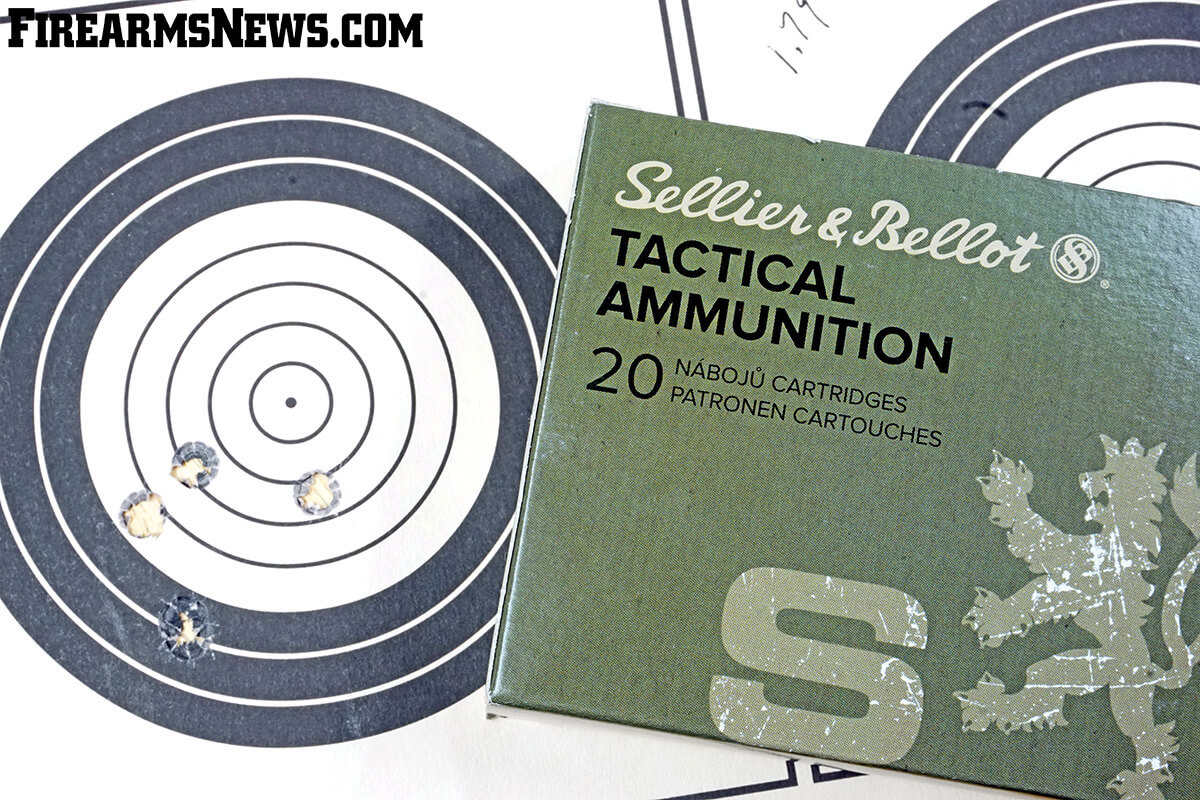
Hornady
Hornady 168 grain A-Max is a load that has been discontinued. I had enough on hand to test it in 3 out of 4 rifles. It shot well but on average no better than the new ELD load.
Hornady 168 grain ELD Match was my second load from this manufacturer (Hornady.com). Cost, availability and accuracy considered, this was probably the best ammo of the whole test. Averaging over $.50 per round less than the excellent Black Hills load utilizing the same bullet, it was equal in accuracy. If I were buying match ammo to shoot out to 600 yards this would be the stuff. Hornady introduced this product and an earlier (slightly more expensive) version loading the A-Max bullet specifically for the Garand and vintage sniper rifles. Velocity is similar to the original M72 military match load. More expensive than the common M2 ball clones, but not excessively so, this product is a winner. In all three rack-grade rifles it averaged only 1.33 inches. My handloads aren’t quite that good but I’m working on it.
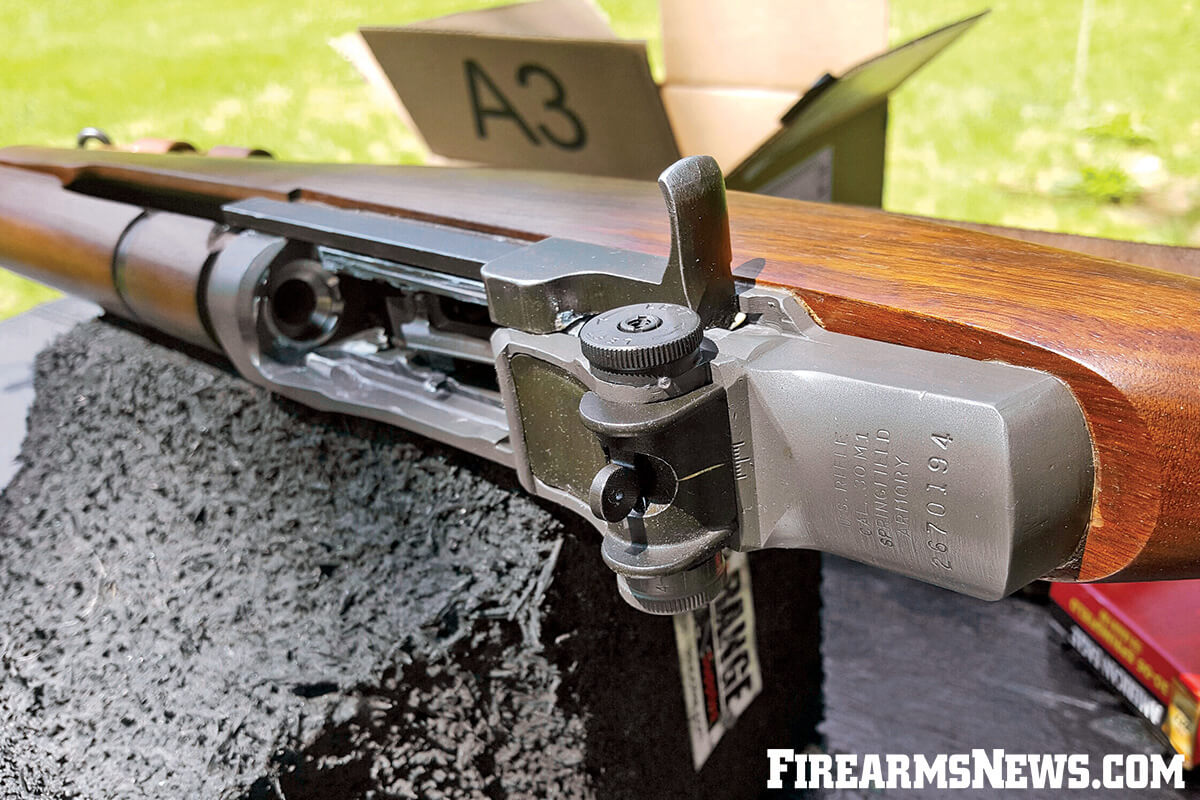
Lake City
I was fortunate to have stashed a quantity of LC 68 M72 Match which is an original military sniper load from years ago. Originally developed by Frankford Arsenal in the late 1950s, and standardized as Cal. 30 Match M72 in 1958, this load featured a 173-grain boattail full metal jacket bullet. Production appears to have ceased in late 1968, or thereabouts, so this particular lot may have been one of the last loaded by Lake City. Interestingly, it was still available to the Army National Guard into the 1990s. According to the History of Modern U.S. Military Small Arms Ammunition, Vol. 3 by Hackley, Woodin and Scranton (2015), M72 components (casings and bullets) continued to be produced into the 1970s for use by military teams with the last cases headstamped LC 78. In the unlikely event you can acquire a quantity of this ammo for a reasonable price keep in mind it shoots about 2 MOA in rack-grade guns. It may have been considered match grade 50 years ago, but times have changed, and bullets have improved in the interim. Your money will be spent more effectively on modern fodder such as the Hornady ELD load. That being said, the LC .30 cal. Match brass is very nice to reload if you can find some. My sample batch was loaded in 8-round clips, 264 rounds per .30 cal. ammo can.
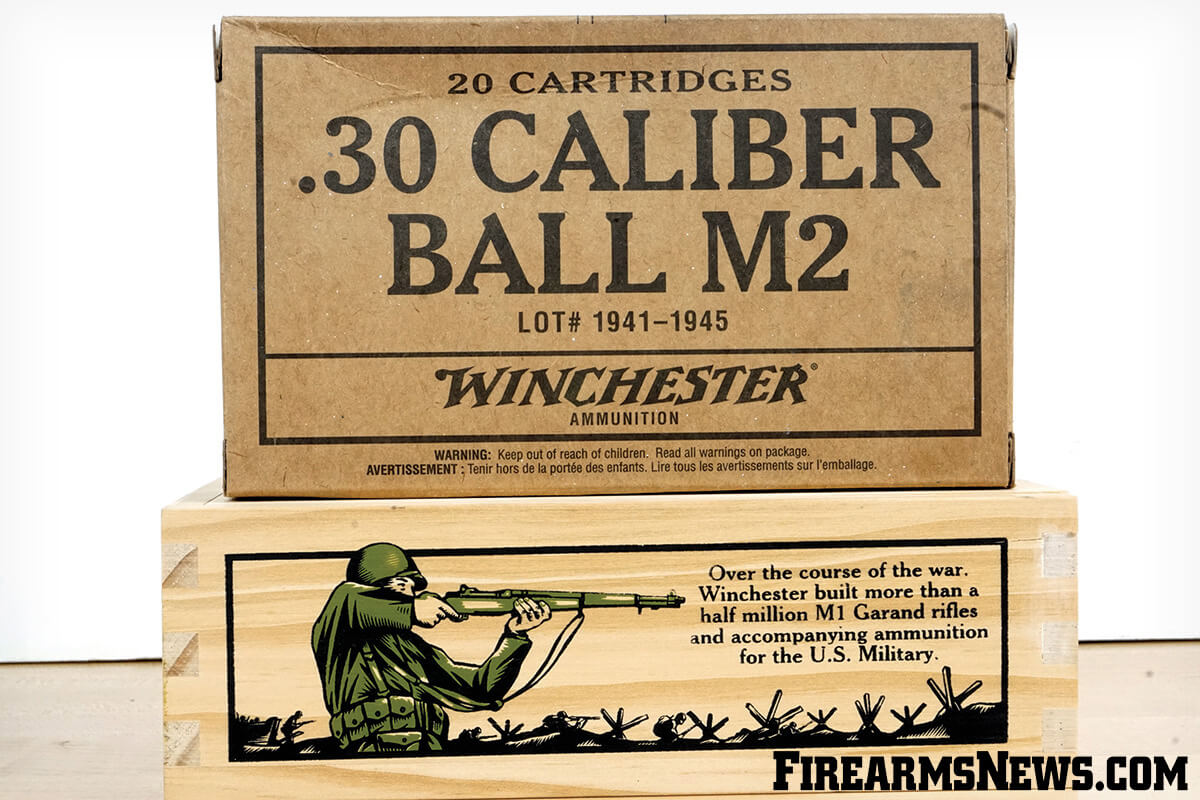
LC 72 U.S.G.I. issue M2 ball ammo is where it all started. M2 ball ammo was approved as the U.S. issue rifle cartridge in 1940, replacing the previous M1 ball cartridge. Although the M1 rifle (adopted in 1936) was developed for M1 ammo, testing proved the new M2 round actually improved the performance of the Garand and M1 ball was phased out. The main difference between the two cartridges was bullet weight. M1 ball (standardized in 1926) was loaded with a 173-grain boattail bullet while the new M2 sported a 150-grain boattail bullet. Although corrosive priming was standard during wartime M2 production, non-corrosive primers were developed during the war and incorporated into M2 production by the early 1950s. During World War 2, M2 ball was replaced by M2 AP (armor piercing) for combat use in 1943 but the standard ball round remained in production into the early 1970s. The sample lot I tested was, in fact, produced at Lake City in 1972. Primers were crimped, creating an extra step for reloaders.
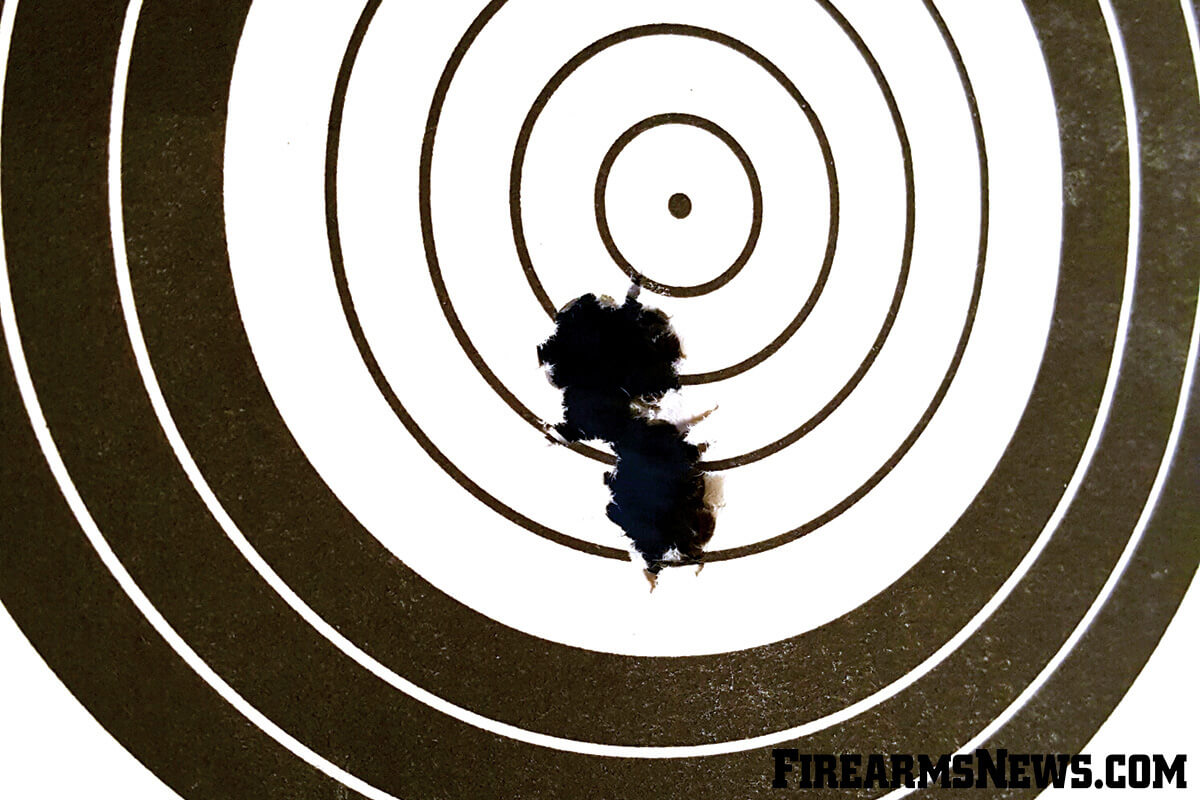
Prvi Partizan
Produced in Serbia, with boxes clearly marked “For Rifle M1 Garand,” Prvi Partizan 150-gr. FMJ is designed to mimic M2 ball (PrviPartizan.com). The brass is boxer primed and the primers are not crimped. Expect accuracy to be in the 2-3 MOA range. The main attraction of this product is its relatively low cost of approximately $.70 per round. For a shooter that wants reliable ammunition with the correct Garand pressure curve for weekend plinking this is a good choice. On a whim, I took some of this ammo to a machinegun shoot and fired it in an original M1919A4 BMG. The BMG and the Garand fired the same ammo, so it should work. We plowed through 100 rounds loaded on a cloth belt without incident. Function was perfect. Some of my handloads tested for this article were loaded using PPU brass.
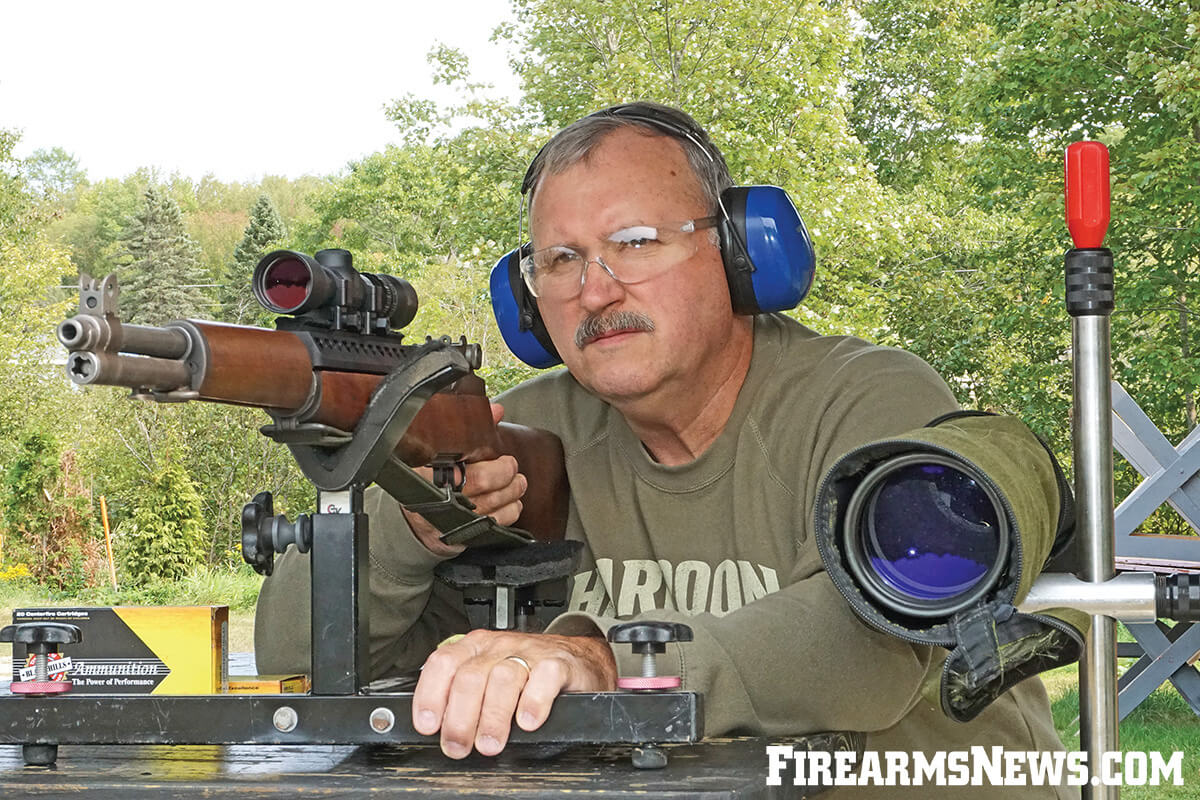
Sellier & Bellot
Sellier & Bellot 150-gr. FMJ is made in the Czech Republic and marketed as part of S&B’s Tactical Ammo line (SellierBellot.us). The 20-round boxes are clearly marked “FOR M1 GARAND.” This is good. No confusion as to its intended purpose. The brass is boxer primed and reloadable. The primers are not crimped, and the primer pockets were nice and tight when I reloaded some once fired cases. This ammo outshot some of the expensive “match” loads which is pretty impressive considering it cost $.65/round. I would absolutely recommend it as a best buy. The higher BC loads would beat it at distance, but at 100 or 200 yards S&B is a good choice.
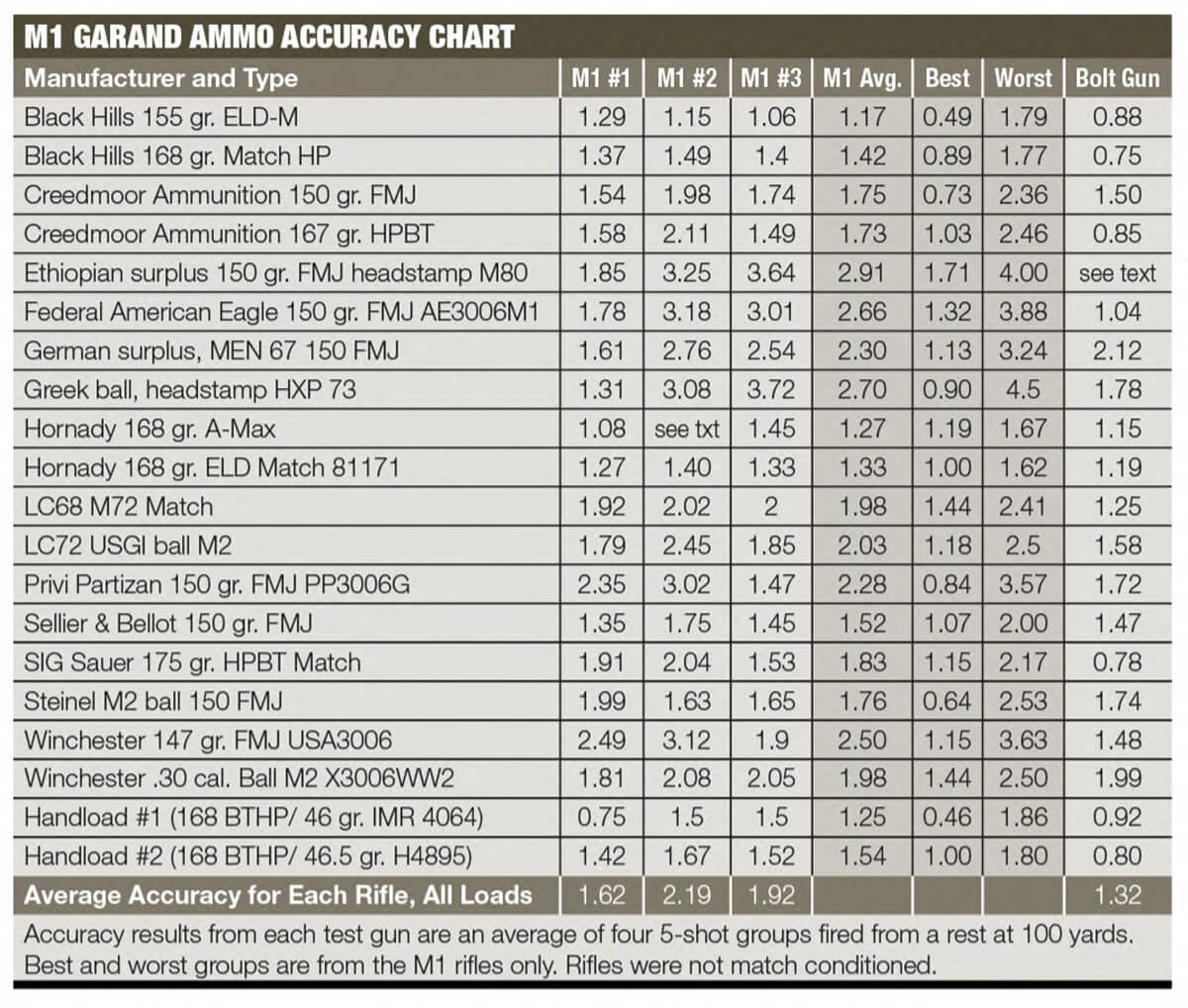
SIG Sauer
I shot some pretty decent groups with SIG Sauer’s 175 gr. HPBT Match (especially with rifle #3). It probably wasn’t optimized for Garands although SIG said the pressure curve was suitable. The Savage bolt gun really liked it and I’m betting this load was developed in and for bolt guns. The only reason I would avoid it for Garands is cost: $.35/rnd more than the Hornady 168 ELD load which shot better.
Steinel
Steinel M2 ball, 150 FMJ is a relatively new product from Steinel Ammunition in Ohio. It is intended for M1s and is part of their Vintage Military Ammunition line which includes some interesting hard-to-find cartridges like 6.5 and 7.7 Arisaka and several flavors of .45/70 ammo with a couple intended for safe use in old Springfield Trapdoors. My samples were loaded in federal brass, but the CEO informed me that by the time you read this they may switch to Starline brass now that it is available. As far as commercial M2 ball goes, this Steinel load ranked behind S&B and Creedmoor in performance but it is still a solid choice. You can buy cheaper imported ammo, but it may not shoot as well as domestic products. I wish this new ammo company luck in the future. Steinel ammo is packed in very nice re-useable slip-top plastic boxes (reloaders take note).
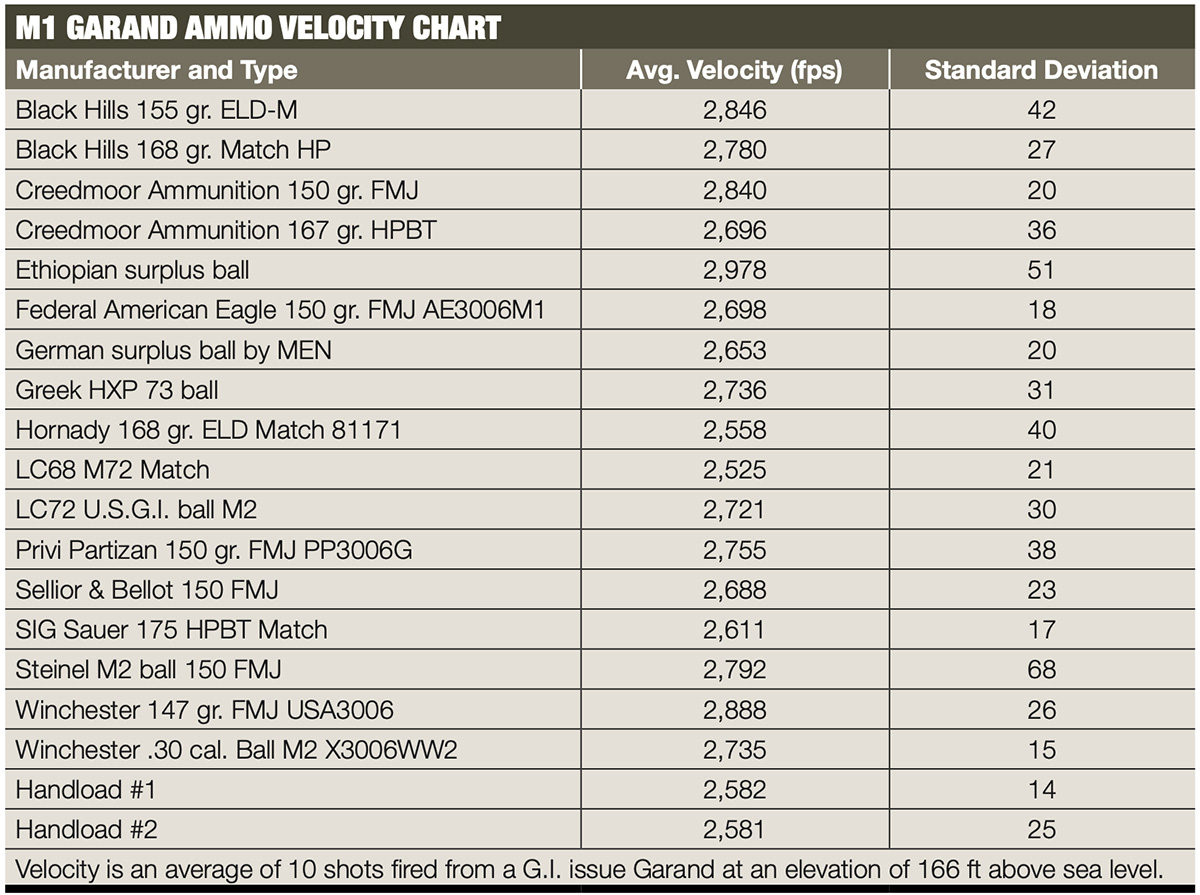
Winchester
Winchester USA 147 gr. FMJ is a low-cost offering in Winchester’s “white box” line, the Garands didn’t like it. I doubt it was ever intended for use in M1s and I wouldn’t recommend it for that purpose when just about every other type of ball ammo shot better. Stick with the next product if you want to shoot Winchester.
Winchester .30 cal. Ball M2 X3006WW2 is a new offering in World War 2 packaging, even including brown military-type cardboard boxes, this is a decent ball load for M1s. Not the best or the worst, it is under a buck a round and designed for use in Garands. More accurate than some imports, domestic offerings Creedmoor and Steinel were slightly more accurate for a bit more money. Cost and accuracy considered, this would be a solid choice for the Garand owner.
Handload #1
I have a long history with the 168 BTHP match bullets. I have shot literally thousands of them through M1 Garands and M1As. They are solid performers. In recent years this bullet has been eclipsed for long range use by the new generation of low drag, high BC products offered by seemingly every bullet maker. I don’t care about that. I no longer shoot in competition and almost all my ammo is expended at 100 yards. I know this bullet will do the job out to 600 yards and I still have a pile of them, so they are my choice in M1s and M1As. In fact, Lake City loaded the 168 BTHP in their excellent M852 7.62mm match ammo which eventually became the military sniper load after someone in the legal arm of DoD determined the “hollow point” in the bullet was not designed for expansion and therefore didn’t violate Geneva Convention references to “Dum Dums.” Handload #1 was 46 grains of IMR 4064 under the aforementioned bullet in a PPU or S&B case sparked by a Winchester Large Rifle primer. Common components, excellent accuracy.
Handload #2
Same load with different powder. 46.5 grains of Hodgdon H4895. I used H4895 in match loads for years shooting M1As. It meters super smooth in my ancient Pacific powder measure. I don’t think load #2 shoots as well on average as load #1 so in the future I will stick with IMR 4064.
Everyone is looking for a bargain and the hard reality is that good .30-06 ammo will be much more painful to the wallet than bulk 5.56mm (especially these days). Generally speaking, I think any ammo that consistently shoots under 2 MOA in most guns is worthy of consideration. But, as far as surplus ammo goes, forget it. The price isn’t cheap, and the accuracy of G.I.-grade ammo will not impress. The best bang for the buck will be imported ball such as Privi Partizan and S&B. Personally, I prefer not to buy imported ammo during times when American ammo companies are laying people off (call me a hater), so I would lean toward the slightly more expensive Creedmoor 150 FMJ and Steinel M2 ball. If I was looking for the best deal in match ammo I would choose the Hornady 168 gr. ELD load (especially for longer ranges) and possibly the Federal 150 FMJ for testing freshly rebuilt guns with new barrels. I am quite fond of the Black Hills 155 ELD load but with a cost of $2 a round (during normal buying times) and limited availability I won’t shoot a lot of it.
I think most people will be impressed with how well a 60-year-old battle rifle will shoot if fed decent ammo. Bench rest rifle? No, but certainly adequate for most other purposes.








































